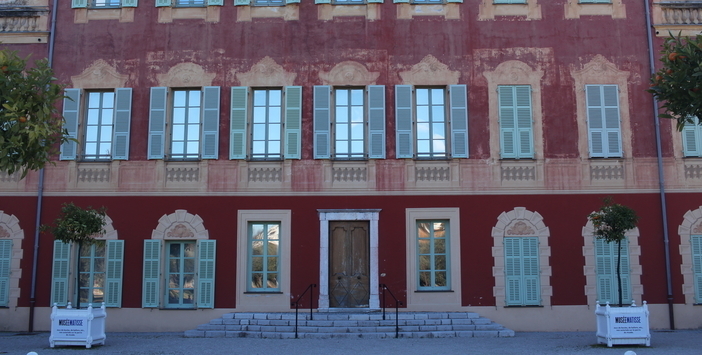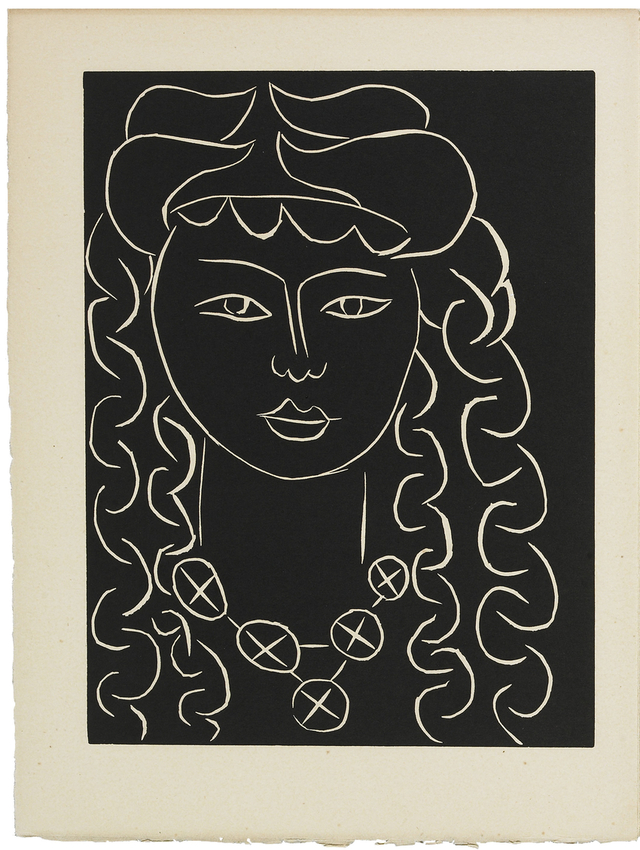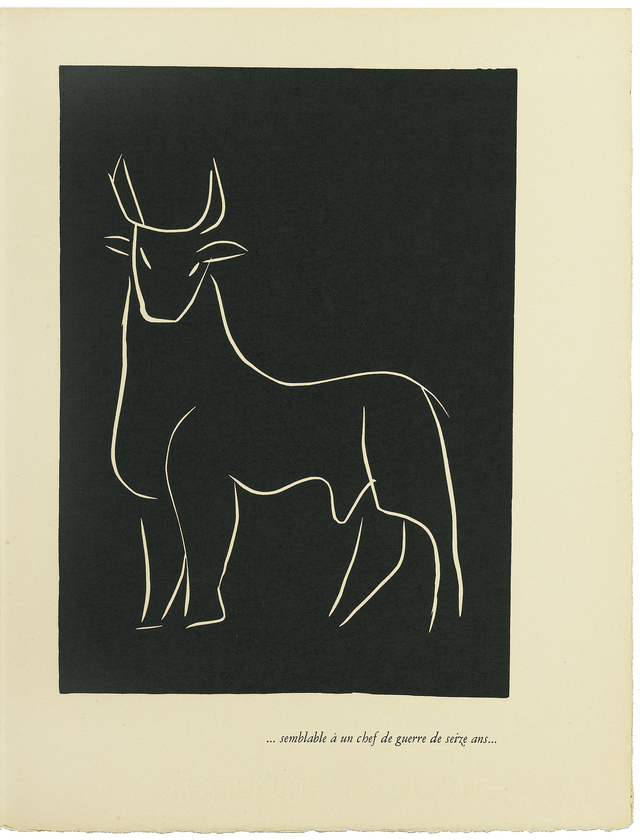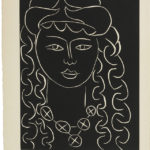Until February 25, at the Matisse Museum in Cimiez, you can discover unpublished illustrations created by Henri Matisse about the text Pasiphaé, Song of Minos, by Henry de Montherlant.
Henry de Montherlant is a French author and playwright who wrote quite a significant body of work. In 1936, he wrote a two-voice poem about the myth of Pasiphaé (tragic) and Minos (lyrical). He asked Matisse to illustrate it in 1943, and Matisse created 18 plates using the linocut technique. This involves drawing a simple white line on an entirely black background.
“I am overjoyed and delighted. Your work on Pasiphaé dives deep into the ages to join my Faustian conception of this piece; It is full of vigor, youth, and eternity,” wrote Henry de Montherlant about Matisse’s work. The museum presents the 1981 edition that gathers various studies and engraved variants. We can see a series of faces each different in some aspect of form. It is known that Matisse had an attraction to portraits. He used to say that his concept of life was best embodied in the expression of the face.
© Succession H. Matisse
To understand the artist’s drawings, one must know the myth of Pasiphaé and Minos and delve into Greek mythology. Minos is the king of Crete, the descendant of Zeus and Europa. To prove his devotion to his people, he offers a sacrifice to Poseidon and asks him to bring forth a white bull from the sea. The god of the oceans agrees but orders Minos to execute the bull. Minos refuses and decides to keep it in his herd. Enraged, Poseidon takes revenge by casting a curse on Minos’s wife, Pasiphaé. She falls into an irresistible love with the famous bull and seeks to quench her passion. She seeks the help of Daedalus (a reference to the labyrinth) who constructs a perfect cow for her. An unnatural coupling ensues, resulting in the birth of the Minotaur, a half-man, half-bull abomination. Minos decides to imprison it in a labyrinth to ensure it can never escape.
© Succession H. Matisse
Once all this is understood, one can only appreciate Matisse’s unique style. The positioning of bodies, the continuity of lines. An original work exhibited until February 25. Nothing prevents revisiting the permanent exhibition that retraces the life of the one who wrote in his notes in 1908: “What I dream of is an art of balance, purity, tranquility, without unsettling or troubling subjects, which would be, for any cerebral worker, for businessmen as well as for literary artists, for example, a soothing, a cerebral calming, something analogous to a good armchair that relieves physical fatigue.”






